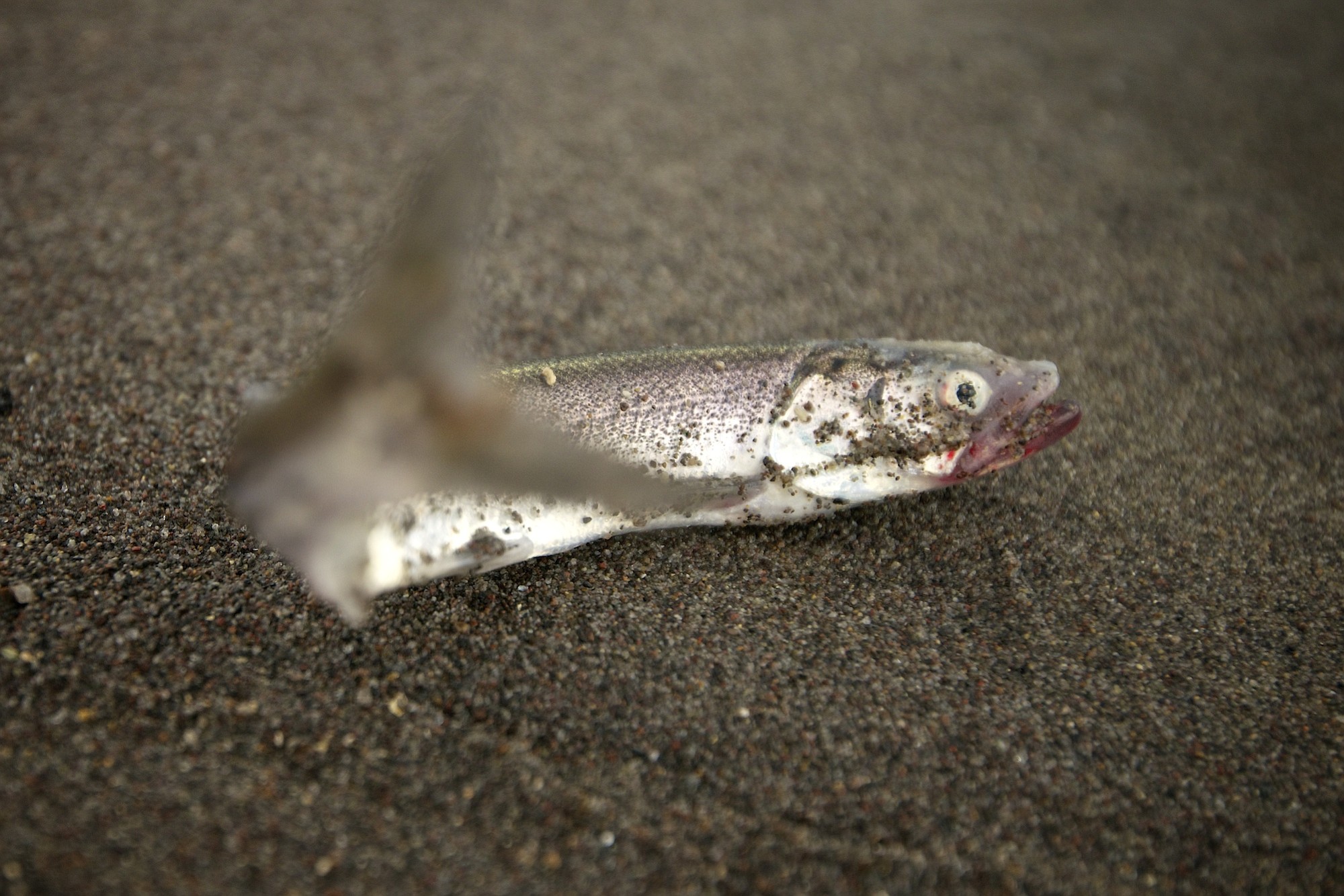Anticipating another strong run of smelt will return to the Columbia River this winter, Washington and Oregon are expected to allow limited sport and commercial fishing, most likely in February.
The Columbia River Compact will consider adopting fishing seasons similar to 2014, when sport and commercial netting resumed after a three-year hiatus. The compact will meet at 10 a.m. Jan. 28 at Clark Regional Wastewater District, 8000 N.E. 52nd Court.
Smelt, also called eulachon, were listed under the federal Endangered Species Act in 2010.
Year Pounds
2000 485,800
2001 6,945,600
2002 5,297,000
2003 5,794,800
2004 447,200
2005 70,200
2006 110,500
2007 143,900
2008 216,700
2009 436,700
2010 157,700
2011 3,296,300
2012 3,197,800
2013 9,653,200
2014 16,632,100
Smelt returns to the Columbia and its tributaries from 2004 through 2010 were poor, with estimates as low as 70,400 pounds in 2005.
But returns improved to more than 3 million pounds in 2011 and 2012, 9.6 million pounds in 2013 and a huge run of 16.6 million pounds in 2014. At 11 smelt per pound, the 2014 return is estimated at 186 million smelt.
“NOAA Fisheries (the federal fishery agency) supports a commercial, sport and tribal eulachon fishery in the Columbia River during strong return years if it is limited, conservatively managed and well monitored,” said Guy Norman, regional director of the Washington Department of Fish and Wildlife. “The key for NOAA is that the fishery does not impede recovery of eulachon.”
Indications are that this year’s smelt run will be at least as strong as 2011 and 2012, but not at 2014’s level, said Brad James, sturgeon and smelt program manager for the Department of Fish and Wildlife. A return of 3 million pounds would be about 35 million smelt.
Sport seasons in 2015 are likely to be a few hours a week on a limited number of Saturdays in the lower Cowlitz River.
In 2014, the Cowlitz was open from 6 a.m. to noon on three Saturdays in February, plus the first two Saturdays in March.
Dipping was poor the first three Saturdays, but 10-pound limits were common on the final two Saturdays.
An estimated 197,900 pounds were landed by Cowlitz sport dippers, James said.
Commercial seasons 2014 were seven-hour periods on Mondays and Thursdays in February in the lower Columbia. The catch was 18,600 pounds.
No commercial dipping is anticipated in the lower Cowlitz in 2015, Norman said.
The state and federal agencies agree limited research fisheries can contribute to recovery, he said.
Dipping will provide data used to interpret historical harvest and understand trends and variability of smelt abundance, Norman said. It also will provide data on the length and age structure of spawning smelt as well as the duration of the run and its distribution.
“We think a limited opportunity to catch smelt will help keep the public engaged in smelt conservation and recovery,” Norman said.
Smelt also are an important cultural harvest for Northwest tribes, who relied on the silvery fish as a seasonal food and trade item.
“We would expect to set seasons this winter that limit harvest to around 1 percent of the 2015 return,” he said.
Smelt in British Columbia’s Fraser River also have declined, James said.
Scientists believe the greatest threat to smelt is large-scale shifts in oceanic-atmospheric patterns in the northeast portion of the Pacific Ocean along with climate change.
Washington has received federal money to develop spawning biomass estimates, which uses the amount of smelt larvae and eggs floating down the Columbia River to determine a minimum size of the run.
The method is used in the Fraser and Bella Coola rivers, other major smelt spawning rivers.
James said the data is collected at Clifton Channel and in the shipping channel at Price Island, both in the lower Columbia River near Skamokawa.
NOAA Fisheries expects to complete a smelt recovery plan in 2016.




